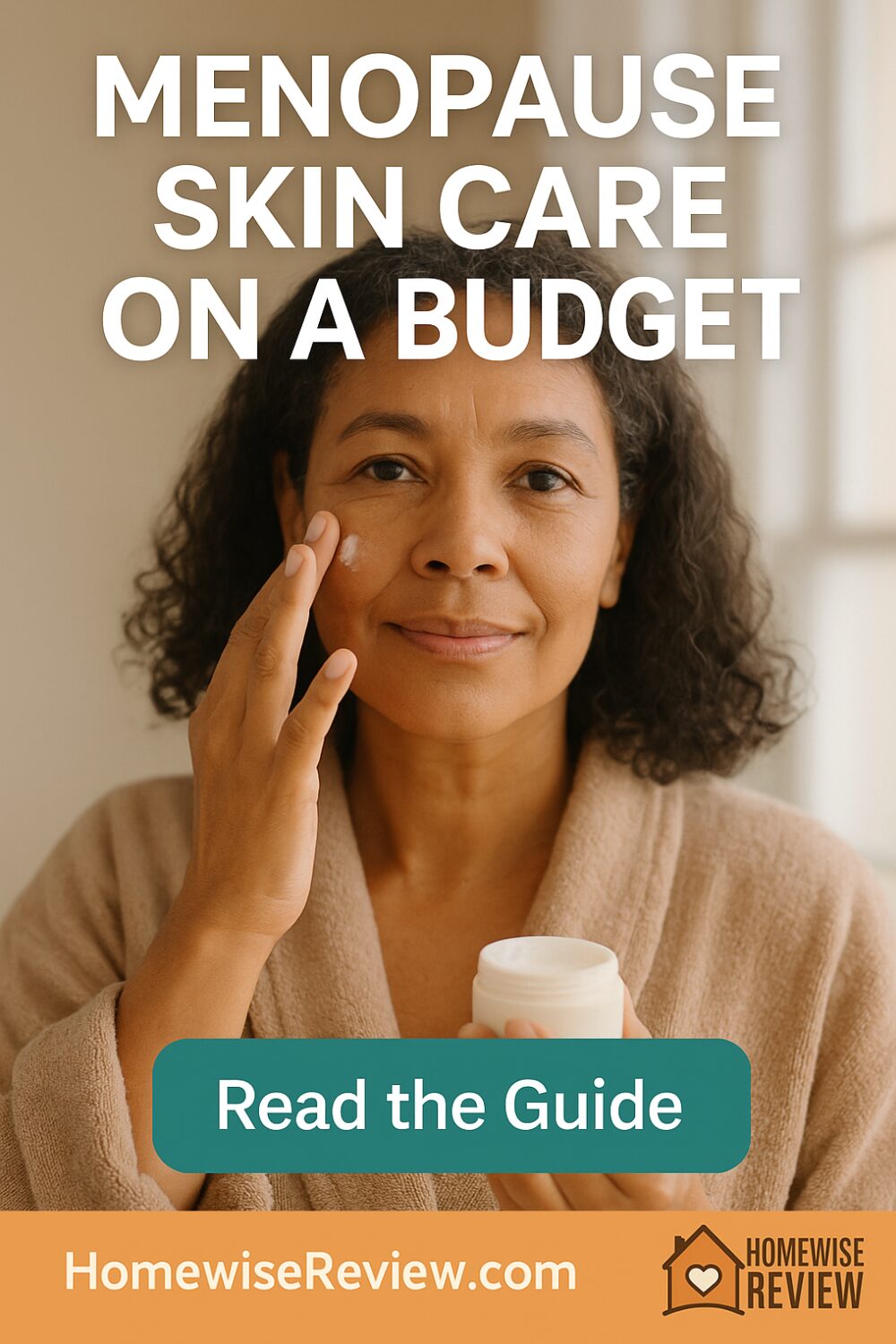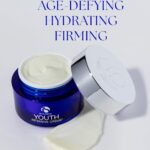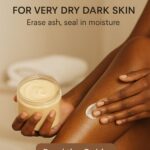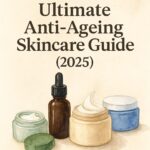
Calm, hydrate, and protect without overspending.
Hot flashes, dryness, and new fine lines are common in menopause. You do not need a dozen expensive bottles to feel better. This plan focuses on three core moves that work on a tight budget: gentle cleanse, smart repair, and daily protection. Then we add three affordable products with simple, clear instructions.
What you’ll need
- Gentle, fragrance-free cleanser
- Lightweight moisturizer with barrier helpers
- Beginner-friendly nighttime retinoid
- Daily SPF 30+ for face, neck, and hands
- Optional boosters if you want them later: niacinamide serum, lactic acid body lotion
Routine starters
Morning
- Cleanse with lukewarm water and a gentle face wash.
- Moisturize while skin is still slightly damp.
- Sunscreen SPF 30+ every single day, rain or shine.
Night
- Cleanse to remove sweat, makeup, and SPF.
- Retinoid 2–3 nights per week to start, then increase as tolerated.
- Moisturize to seal hydration and reduce sting.
Once weekly
- Swap your retinoid night for a gentle lactic acid body lotion on neck and chest if texture is rough. Moisturize after.
Why these steps help in menopause
- Dryness and sensitivity rise as estrogen dips. A soft cleanser and barrier-rich moisturizer lower tightness and stinging.
- Texture and fine lines respond to steady retinoid use plus sunscreen.
- Redness and blotchiness calm with fragrance-free, dye-free basics and consistent moisture.
Deep-dive budget picks (3)
1) Vanicream Gentle Facial Cleanser
Why it works: Simple, fragrance-free surfactants lift sweat and sunscreen without stripping, which is key when skin runs drier.
How to use: One pump on damp skin for 30 seconds, morning and night. Rinse lukewarm. Pat, do not rub.
Keep in mind: If you wear heavy makeup, remove with a small amount of the same cleanser on dry skin first, then cleanse again.
Who it’s for: Sensitive, reactive, or newly dry skin that gets tight after washing.
2) CeraVe PM Facial Moisturizing Lotion
Why it works: Lightweight lotion with ceramides and humectants to support the barrier and hold water in. Plays well under sunscreen and makeup.
How to use: 2–3 pumps on face and neck after cleansing. Use morning under SPF and at night after retinoid.
Keep in mind: If you feel tacky, you used too much. If very dry, layer twice at night.
Who it’s for: Normal to dry, budget-minded shoppers who want barrier support without heaviness.
3) The Ordinary Granactive Retinoid 2% Emulsion
Why it works: A beginner-friendly retinoid that targets texture and fine lines with less sting than strong retinol.
How to use: Pea-size for the whole face after cleansing, 2–3 nights per week for two weeks, then every other night as tolerated. Follow with moisturizer.
Keep in mind: Skip on nights when you exfoliate. Pause if you peel or sting, then restart slower. Always wear SPF in the day.
Who it’s for: First-time retinoid users or anyone who tried strong retinol and got irritated.
Quick fixes vs long-term habits
- Quick fix: Layer moisturizer twice at night on damp skin. You get a plumper look by morning.
- Long term: Sunscreen daily plus a retinoid rhythm is where real texture and tone wins come from.
Keep in mind
- Patch test new products on the jaw or behind the ear.
- If you use prescription treatments or HRT, sync your plan with your clinician.
- Avoid strong scrubs. Gentle chemistry plus patience beats grit.
Final Thoughts
Budget skin care in menopause is about consistency, not price. Cleanse softly, moisturize smarter, and guard your progress with SPF. Add a gentle retinoid when your skin is calm and let time do the compounding. Small, steady steps add up.
See also
If dryness and sensitivity are your main issues, start with Best Hydrating Toners for Dry Skin and Best Face Cleansers for Sensitive Skin to find gentle add-ons that will not sting. If you want a careful first step into vitamin C, Best Vitamin C Serums for Bright, Even Skin highlights options that play nicely with moisturizers.
Working on texture or starting retinoids for the first time? Best Retinol Creams for Beginners breaks down strengths and pairings, and Best Exfoliators for Sensitive Skin shows kinder options for weekly smoothing. If dark spots are your top concern, Tranexamic Acid Serums for Stubborn Dark Spots offers wallet-friendly picks you can slot into the evening on non-retinoid nights.
FAQs
1) Can I use retinoid and vitamin C together?
You can, but many people prefer vitamin C in the morning and retinoid at night to reduce irritation.
2) My skin burns after I apply retinoid. What now?
Use the retinoid over moisturizer for a week, or cut back to twice weekly. If sting persists, pause and rebuild moisture first.
3) Do I really need sunscreen if I work indoors?
Yes. UVA travels through windows. Daily SPF protects progress and helps keep blotchiness from returning.
4) What order should I apply products at night?
Cleanser, retinoid, then moisturizer. On non-retinoid nights, you can use a simple niacinamide serum before moisturizer.
5) How long until I see results?
Moisture improves in days. Texture and fine lines usually take 8–12 weeks of steady retinoid plus daily SPF.
Affiliate Disclosure
If you purchase through links on our site, we may earn a small commission at no extra cost to you.




